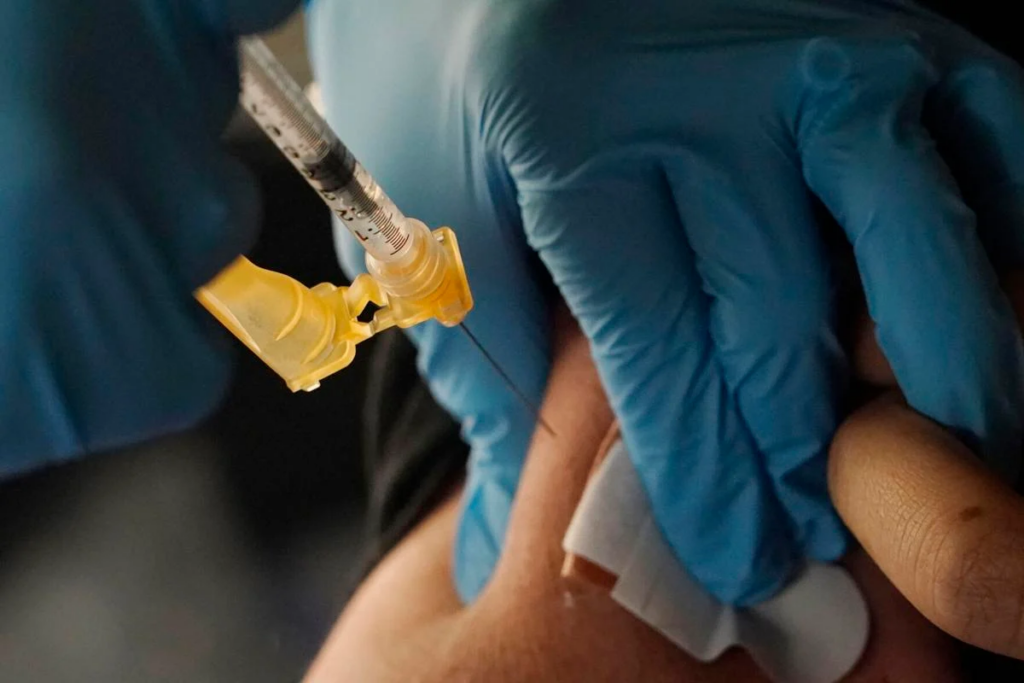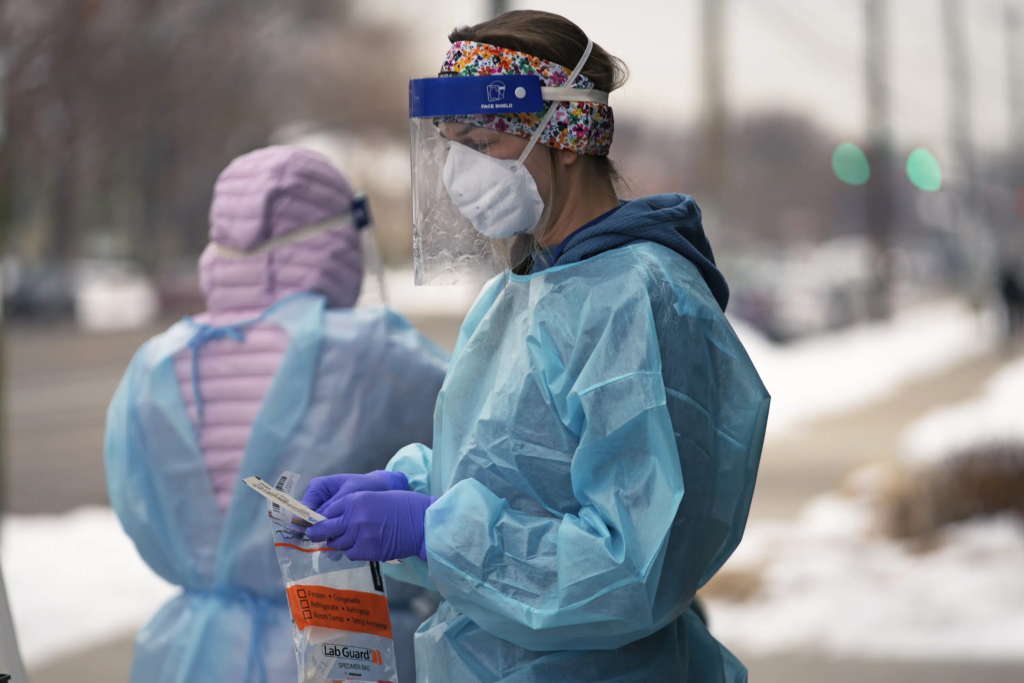
US COVID-19 is ended. What changes? 2023
Sanjh
- 0
On Thursday, the U.S. government will terminate the COVID-19 Public Health Emergency, which enabled millions of Americans to receive free vaccines, testing, and treatments.
The emergency is also linked to telehealth flexibility, Medicaid enrollment protections, and the capacity of government health agencies to collect data on the spread of the coronavirus.
Here is what will change and what will not after Thursday:
Will vaccines, testing, and interventions cost money?
Vaccines will continue to be provided at no cost to the vast majority of individuals, whereas certain circumstances will necessitate payment for diagnostic testing. Treatments such as Pfizer’s oral antiviral Paxlovid will continue to be provided for free as long as the government pays for the current inventory. After that, the majority of individuals will incur expenses.
People with private or employer-provided health plans will pay nothing for vaccines if they remain in-network, will incur out-of-pocket costs such as deductibles and co-payments for laboratory COVID tests, and will be responsible for the complete cost of at-home, over-the-counter tests.
For certain covered treatments, they will be responsible for co-payments or co-insurance, while uninsured treatments will be paid in full. If treatment costs are considerable enough, insurance premiums may increase.
Medicare, the federal government’s health program for persons 65 and older and the disabled, will pay in full for vaccines, but beneficiaries will be responsible for lab tests and at-home testing. Medicare will continue to cover treatments, but beneficiaries will be responsible for additional expenses.

Individuals enlisted in state-sponsored Medicaid health plans for the impoverished will also receive free vaccinations. As long as they are prescribed by a physician, laboratory costs will also be covered. Other diagnostic services and treatments will incur costs, but these will not be incurred until 2024.
Individual Medicaid programs will determine coverage and out-of-pocket expenses.
What will the expenditures be for uninsured individuals?
By providing direct support to health centers and reimbursing pharmacy chains per dose, the government has launched a $1 billion program to ensure that uninsured individuals continue to receive free vaccines and other treatments. The uninsured will be responsible for all diagnostic costs.
Until 2023, Congress is rescinding a requirement that state Medicaid programs keep individuals perpetually enrolled without requiring them to demonstrate eligibility during an emergency.
The uninsured rate reached an all-time low of 8% in early 2022, according to the most recent government data, but the U.S. Department of Health and Human Services estimates that approximately 15 million people — one-third of whom are children — will lose health coverage by the end of the year.
What will become of telemedicine prescriptions?
During the emergency, providers were permitted to prescribe controlled substances via telehealth. This was scheduled to terminate on May 11, but the Drug Enforcement Administration announced last week that it would continue until November 2024.
All states had exempted providers from license requirements, allowing them to practice remotely across state lines. Some states connected this exemption to the emergency, so it will expire at that time.

A federal waiver of privacy and security rules for applications used to provide telehealth is also set to expire, meaning that common applications such as FaceTime and Skype may no longer be an option as providers transition to compliant alternatives.
Will vaccinations be required?
As of May 12, vaccination requirements for international travelers entering the United States and federal employees will no longer be in effect.
Will it affect the collection of data?
After the emergency expires, the U.S. Centers for Disease Control and Prevention (CDC) will have less authority to collect certain categories of public health data. The CDC will cease reporting COVID case data and transmission rates and will no longer monitor them.


